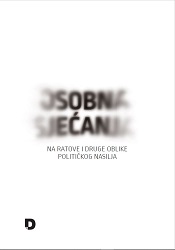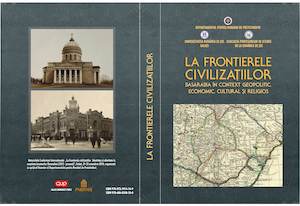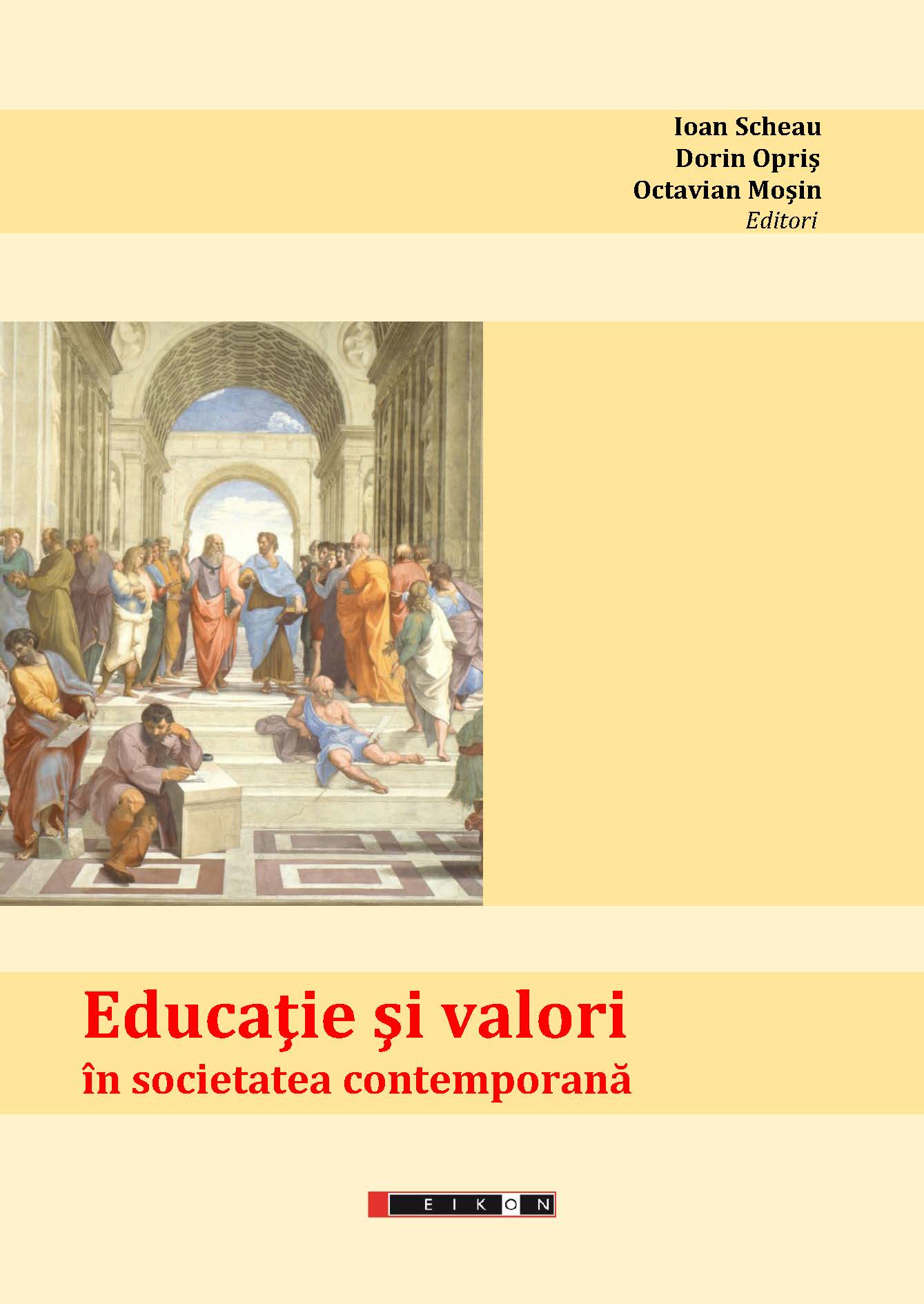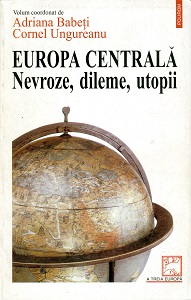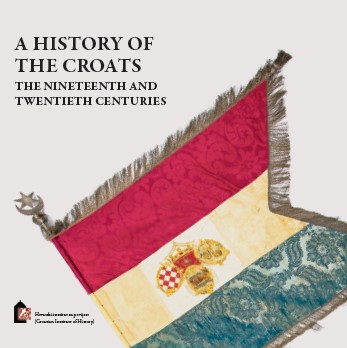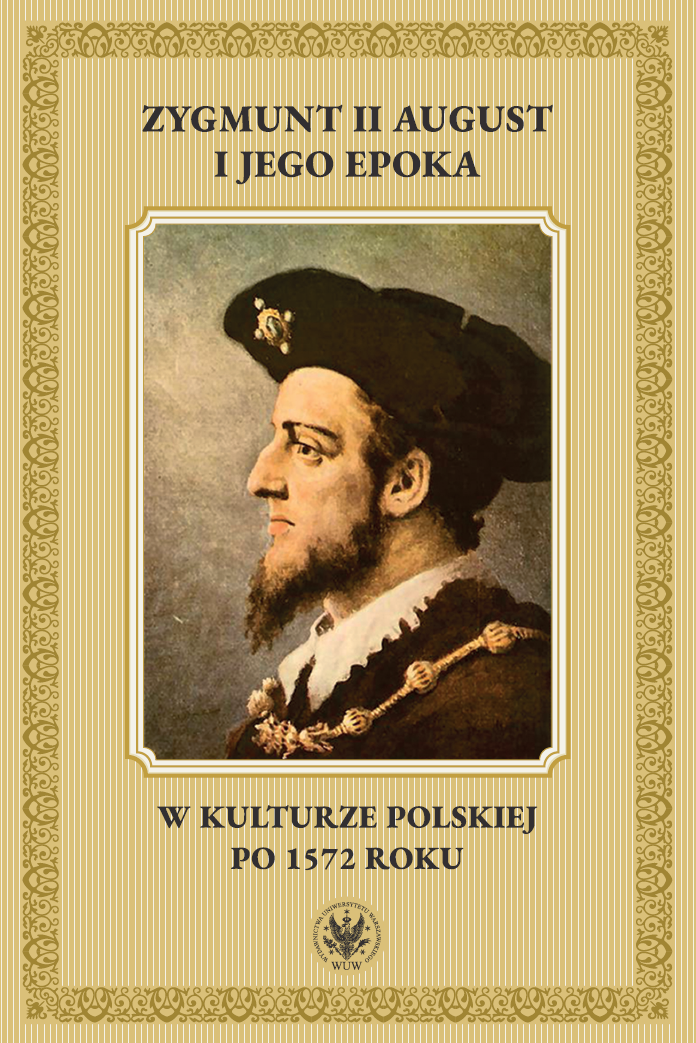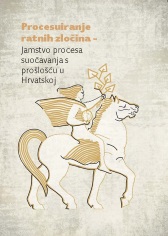
Od početka praćenja suđenja do sustavnog monitoriranja suđenja za ratne zločine
Neka od najtežih kršenja ljudskih prava mogu počiniti one institucije države čija je zadaća i svrha postojanja zaštita građana od nasilja i nepravdi. U pravnoj državi te institucije su, prije svega, policija i sudovi. Postupci korumpiranih policajaca i sudaca s pravom se doživljavaju kao posebno nepravedni i nemoralni. Ljudi koji su školovani i plaćeni da nepravde spriječe i ispravljaju, koriste se svojim znanjem i položajem da nepravdu ozakone i, često, da joj daju svoj doprinos. Pod korumpiranošću se obično podrazumijeva pristrano postupanje protivno pravilima i zakonima na koje se osoba javno poziva i koje je prema svom položaju dužna poštovati zato što je podmićena novcem. Osim materijalnog koristoljublja, pristrano postupanje protivno postojećim pravilima, zakonima i moralnim načelima može biti potaknuto sviješću da je takvo postupanje politički podobno, a da je ostajanje pri moralnim načelima nezdravo za karijeru. Taj oblik ‘’legalizirane korupcije’’ mnogo je opasniji jer predstavlja bolest društva, a ne samo izolirane slučajeve nepoštenih i nemoralnih pojedinaca.
More...
